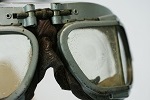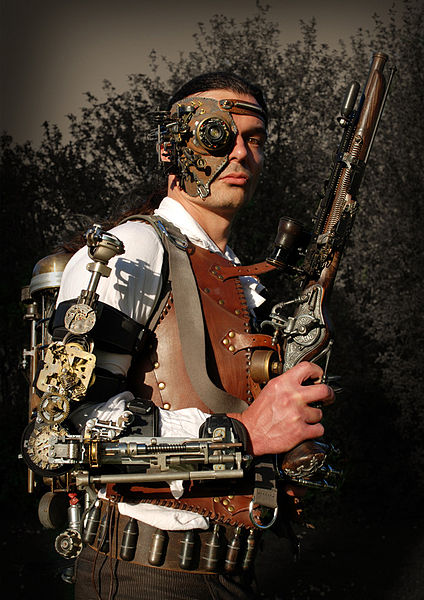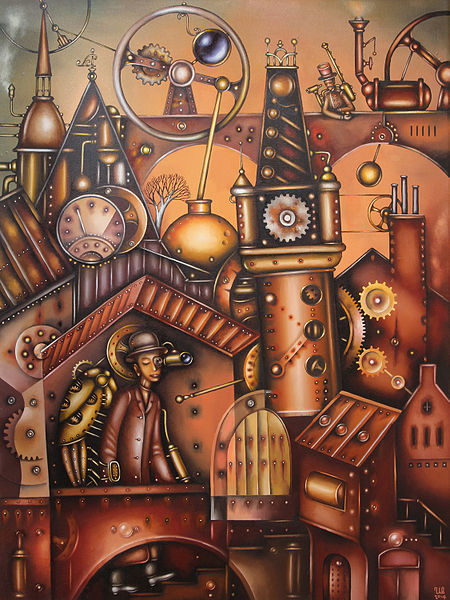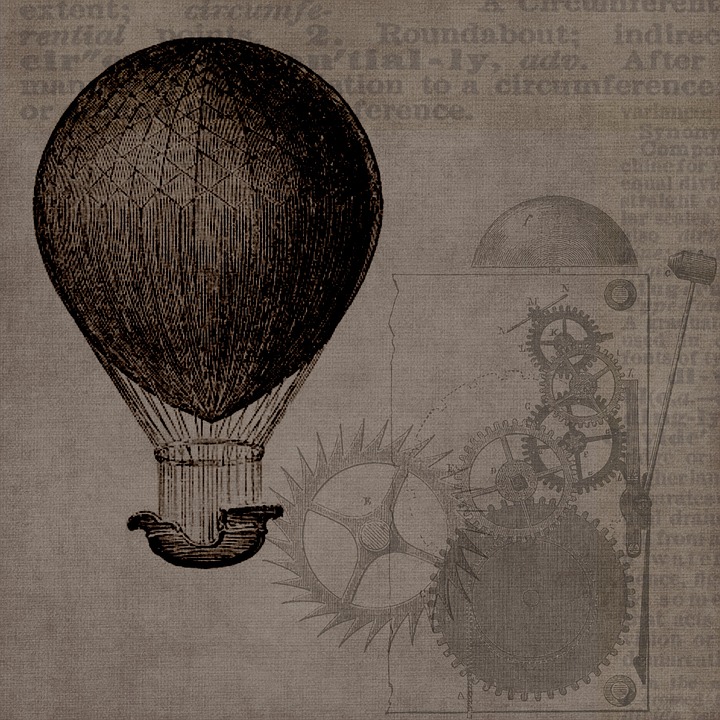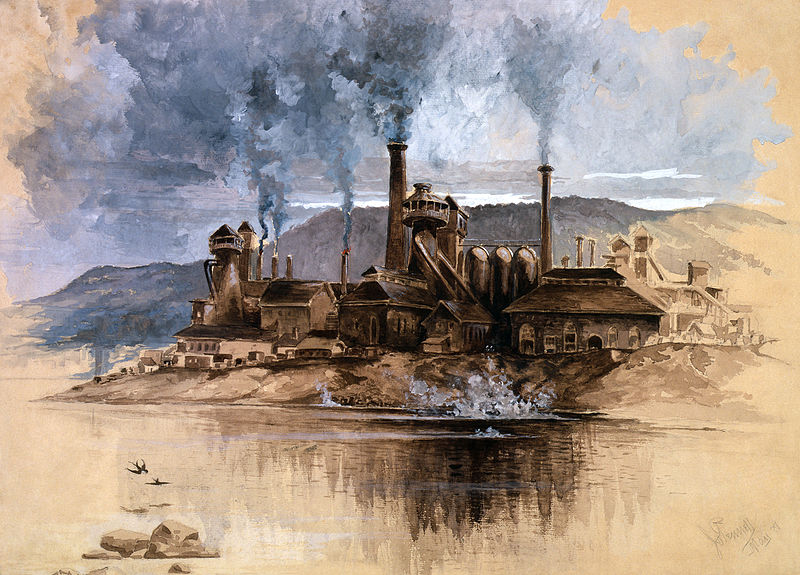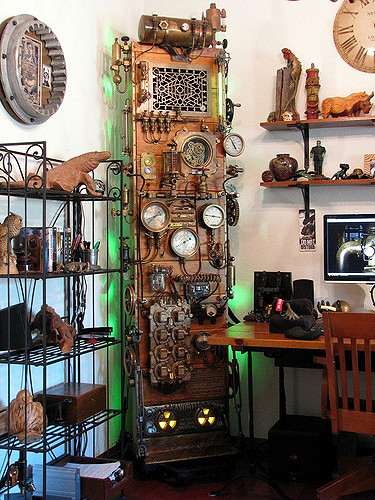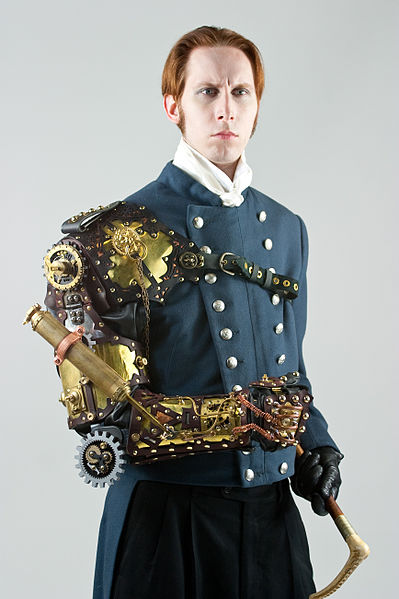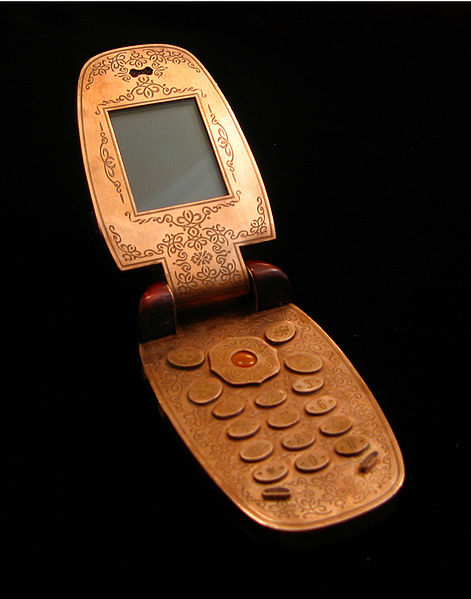AustLit
-
-
-
Steampunk fiction and practice regularly delve into technological questions – how it progresses, who possesses it, or what influence might it exert, either on people or the world. Certainly this is not the only thematic focus of the style, nor is it essential to it, but technology-oriented steampunk highlights the relationship between people and technology. Often this relationship is symptomatic of an imperial system of expansion and domination in which technology and technological development become the primary (or only) guarantors of power. On a more individual level, steampunk can also approach issues regarding the interactions of technology with the self:
How does the increasing hold of technology in everyday life – combined with its mass-produced impersonality – serve to reduce or suppress the individual, or alienate them from their material existence?
-
It is significant – and not unrealised within the steampunk community – that the nineteenth century represents the origins of many of our modern technological staples. The Industrial Revolution figures prominently in steampunk texts and broader culture, either explicitly or implicitly. Indeed many of the technological jonbar hinges of steampunk speculate a divergence wherein the industrial revolution occurs in an exacerbated or otherwise altered fashion, increasing the technological heights achieved with steam, clockwork, or other Victorian-era principles.
It should be noted that steampunk can approach these problems of technology along multiple vectors, and their use is not consistent across all works and practitioners. There are, however, common veins that can be identified across the subculture and body of texts, typical modes through which many steampunk works can be read.
-
Rebecca Onion identifies a common theme in steampunk craft and costume that places emphasis on steampunk as a means of humanizing and grounding a world of technology that is felt to be abstracted and intractable. The exposure of the cogs and gears of steampunk tech, or the emphasis on the physical presence, tangible feel, and audible sound of such technologies is seen by steampunkers to produce a fundamentally less alienating technology, one which can be more readily integrated with notions of personal identity and individual expression (143-146).
This fetishisation of hand-crafted metalwork, tangible bulk, and solidity also represents a pushback against modern industrial design that values cheaply produced and disposable objects over the repairable, robust, and solid.
Steampunkers seek to create objects and devices that are intended to last – this can often play into an environmental consciousness as well, serving as a reaction against an unsustainable reliance on petroleum-based plastics and the constant wastage of broken items (Bix 228).
Building on Onion’s work, and that of Bruno Latour, Stefania Forlini identifies a strain of steampunk that both interrogates and speculates as to the moral aspect of technology and the collapse of the divide between Technology and Nature (73-74). As such, it finds resonance with the ideas and tropes of post-humanism, seeing potential for liberation or oppression in the alteration of the human subject through technology.
-
This move towards post-humanism takes its cues in no small part from the steampunk trope of the cyborg, a creature of blurred or obliterated boundaries. The clockwork or steam-powered cyborg is a common feature of steampunk fiction and costume, serving in many works as a kind of stock-character. The audience knows and understands the basic principles of such characters, and so the author is given freedom to explore, push, and innovate by playing with the expectations of readers, and the common boundaries associated with the trope.
As such, the cyborg is used in a diverse range of ways, functioning as representative of a variety of different conditions, issues, or ideas. In other sections, we touch on the cyborg or automaton as a representation of the body of the abject figure – one whose race, gender, or social status is used as basis for an oppression that renders them less than fully human, as like a machine to be used by its owners.
Yet the cyborg can also figure in steampunk as a reflection on disability and technology, wherein advancements of clockwork machinery allow for sophisticated prostheses, mobility devices, or other such tools. In the case of costume and craft, steampunk can allow for a humanising of potentially alienating devices, cleverly designed wheelchairs or canes allowing their users a sense of ownership, identity, and appreciation for their devices.
Rather than feeling saddled with a dull mass-produced item in hospital chrome and beige, a steampunker might use the aesthetic to make their mobility-aid or prosthesis an appreciated part of their sense of self (Goh 1).
-
In fiction, steampunk usually interfaces with disability in the manner of a fantasy of technological emancipation, imagining the potential of advanced technologies to liberate the individual from the restrictions of a world built on an assumption of ability. The Australian comic The Irregulars deals with a group of inmates with physical disabilities and mental traumas at an abusive institution. They escape and later fight injustice using steampunk technologies to overcome their physical restrictions and even enhance their abilities beyond usual bodily limits.
This last point, of enhancement beyond usual limits, draws out a deeper function of steampunk technology applied to human bodies. Many of the personal steampunk devices associated with both the fiction and the craft are, as steampunker Mark F. identifies, devices for enhancing human vision, strength, hearing, or mobility. Indeed, perhaps the most archetypal of steampunk gadgets, the goggles, are themselves 'vision enhancers' (Goh 1).
In a steampunk world, operating on a nineteenth-century mindset, the able human body unassisted by technology can operate as effectively dis-abled, incapable of navigating the paths and activities available to those who can leverage technology to assist them.
-
For example, the mechanical sky-lines of Columbia, the flying city of BioShock Infinite, require the use of a sophisticated mechanical arm-attachment to operate. Yet without the use of the sky-lines, one's ability to navigate the city is severely hampered.
Similarly, the monster hunters of D.M Cornish's Monster Blood Tattoo series enhance their bodies in a variety of ways, from the use of a facial attachment for enhancing the visual and olfactory senses, to the surgical grafting of artificial organs that grant superhuman abilities. Interestingly, some of the more potent of these cyborg-esque enhancements result in side-effects that require regular doses of chemical concoctions and frequent medical checkups, in the manner of an insulin dependence or similar chronic condition.
The archetypal clockwork cyborg of other steampunk may also require frequent maintenance; the tic-toc boy of Anthony Panegyres’s 'The Tic-Toc Boy of Constantinople', for example, risks winding down when the city under siege shuts off the water supply, denying him the steam his lungs need. These moments highlight the cost required in maintaining an atypical body, particularly one supported by technology.
-
Yet the interfacing of technology and human, artificial and natural, is not always viewed optimistically, with many steampunk works either explicitly or implicitly (and knowingly or unknowingly) touching on the dangers of what Bruno Latour calls:
'technology that could not be tamed since it was itself pure mastery without a master' (247).
Indeed, the image of the subordinated landscape radically altered by vast gears, pistons, and smokestacks is an archetypally steampunk setting – and it is presented as dystopian as often as it is utopian. The landscape rendered technological is a landscape rendered dead, unnatural or unfree – fully tethered to its use, existing only contingently, rather than independently, for its own sake. As in Heidegger’s description of Enframing, the Rhine is dammed and so becomes subordinated to the technological impulse to render everything as a usable resource (Heidegger 16).
The natural world or human body ceases to be an independent entity existing for its own purposes. Under these conditions, it is no longer the Romantic natural sublime or the free self-actualising individual advocated by steampunk's Victorian sensibilities.
Indeed, if the sublime exists, it exists in the unbounded potential of an unrestrained technology, or in the vast and indifferent power of the colossal technological creation.
Technology is seen not only as a tool or capacity for human endeavours, but as possessing its own trajectory and force – one that is capable of directing or derailing the human narrative of history.
The more pessimistic of steampunk texts, such as The Difference Engine, point towards a possible future in which all things, human and otherwise, are subsumed into standing reserve – made nothing more than cogs in a vast technological system.
-
This danger is akin to the present-day tendencies that many practitioners of steampunk culture and craft aim to combat. Through a reclaiming of the aesthetic and structural principles of everyday technology, the steampunker seeks to reorient the human as central to technological design.
Mere utility is not enough – indeed sometimes utility is sacrificed for beauty. Rather, the devices and designs are made to reflect an aesthetic that privileges the ornate and the over-designed, while remaining robust, easily modifiable, and reparable.
The end-to-end control of certain modern tech-companies, which deliberately obscures inner workings, renders them impenetrable and thus out of the control of the user, is antithetical to this form of steampunk practice, as is the often accompanying aesthetic of smooth, seamless surfaces coloured uniform black or white and bearing no clear openings or points of access.
In a similar way, many of the central stock-characters of steampunk are those who tinker and make – active rather than passive users of technology. The tinkerer, mechanist, mechanic, professor, and aviator all engage with their technologies on an intimate level, demonstrating an awareness of their principles and parts, and an ability to alter and recreate them at will.
In this way technology becomes the tool of individual liberation, rather than subordination and oppression.
The notion of technology as a double-edged sword pervades steampunk – there is the implicit underlying knowledge that while the Industrial Revolution eventually led to the fastest increase in living standards the world has ever seen, it was also driven by inhumane labour conditions and violent imperialism, and led to pollution and environmental destruction on a massive scale. The technology of steampunk reflects this, alternately presenting optimism and pessimism, the potential of technology and its risks.
You might be interested in...

